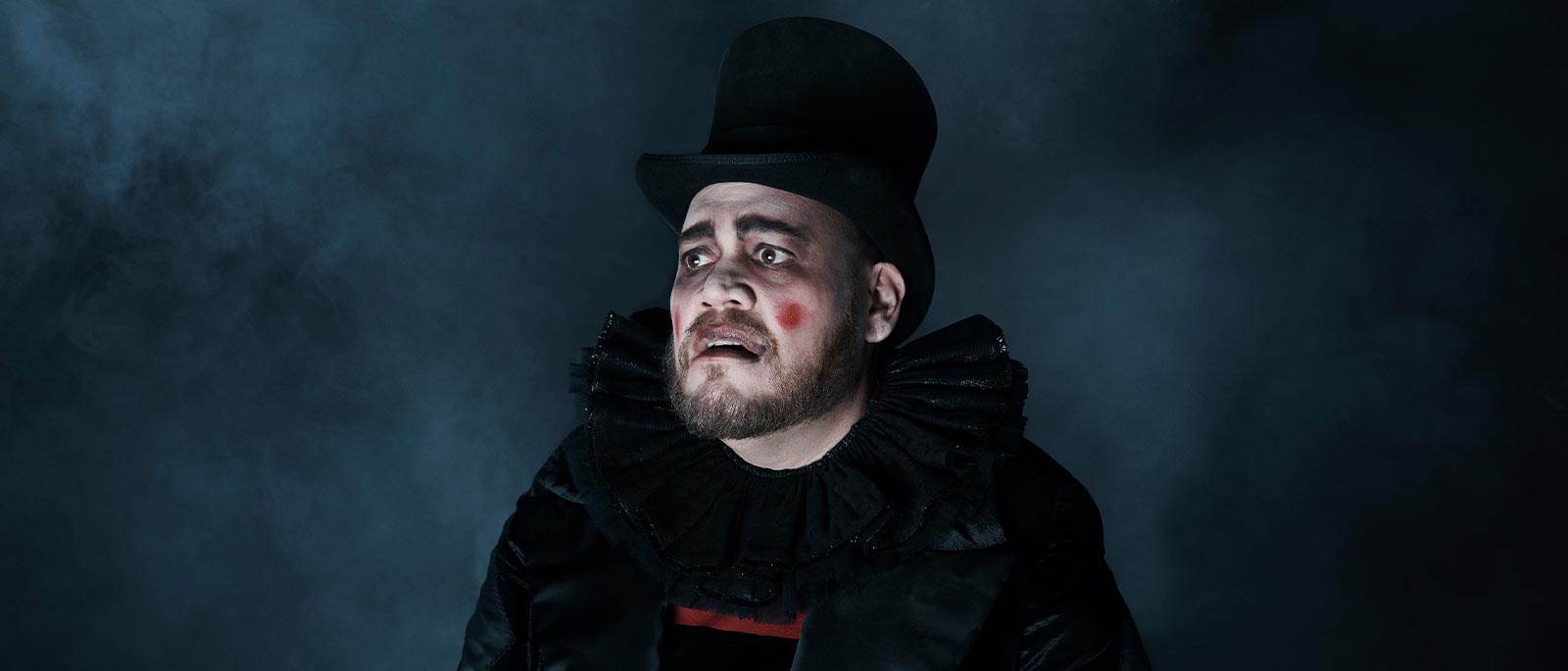
The Weimar Republic
“My setting for Rigoletto reflects what I see in the opera as pre-fascist conditions,” says director Bartlett Sher. “It’s about an autocratic duke who abuses his power. He marshals forces that allow him to enjoy this power without any kind of restrictions. So I placed the opera in Weimar Germany, the period between World War I and World War II, where the conditions for a nascent fascism were all in place.” Since its creation, artists, audiences, and censors have all understood Rigoletto to be a profoundly political work of art. Yet to understand Sher’s decision to place this story in the Weimar Republic, it’s worth reviewing the major sociopolitical events that defined interwar Germany—and considering the many small steps that ultimately led the country into the horrors of Nazism and World War II.
1918
November 9
Following several weeks of nationwide protests, Kaiser Wilhelm II of Germany abdicates the throne.
November 11
World War I ends at 11AM. The war has been catastrophic. Across Europe, 15 million people are dead. Germany alone is left with two million orphans, one million widows, and one million people with war-related disabilities.
While some Germans are relieved that the war is over, many others are ashamed by the loss. Almost immediately, conspiracy theories begin to spread blaming Jews, communists, and other minorities for Germany’s defeat.
1919
January to August
With Wilhem’s abdication, Germany is in need of a new government. Berlin, the capital, is still roiled by protests, so politicians head to the bucolic town of Weimar to draft a new constitution. The constitution, which guarantees freedom of speech, equality for men and women, and universal suffrage, is finalized August on 11. The Weimar Republic, so named for the town where the constitution was crafted, begins.
Many Germans are excited about their new democracy, but two groups are furious about the new governmental structure. One group is the traditional conservatives, including business and church leaders, who are appalled by the Republic’s labor-friendly laws and liberal social mores. The other group is a right-wing collection of nationalists and fascists; this group will soon coalesce into the Nazi Party.
April to June
In the meantime, delegates from the Allied forces meet with German delegates in the French town of Versailles to hammer out a peace treaty. By the time the treaty is finalized, Germany has lost one seventh of its prewar territory and been demilitarized. Most onerous of all, Germany is forced to assume sole financial responsibility for the war. Germany will not finish paying this debt until 1987.
1923
Desperate to prop up the national economy after the end of the war, the German government has been printing huge amounts of paper money, walloping the country with rampant hyperinflation. By November, when the government prints its first trillion-mark bank note, paper money is worth less by weight than old cloth rags, and the exchange rate is more than 4 trillion marks per dollar.
On November 15, the government institutes a new currency (the Rentenmark, equal to one billion old imperial marks) to try to stabilize the economy. The measure works, and over the next few years, Germans will enjoy relative prosperity. Unfortunately, the new currency is also accompanied by strict austerity measures, including a rollback of social security and labor laws, that will prove disastrous when the economy once again takes a turn for the worse.
1929
October 29
A sudden stock market crash in the United States sparks the Great Depression. Germany’s still-fragile economy is deeply affected by the downturn, and soon one third of the German workforce is unemployed. Unfortunately, these dire economic circumstances provide ample fodder for the right-wing parties, including the Nazis, that have long been dissatisfied with the Weimar Republic.
1932
Over the course of the year, Germany holds no fewer than three major elections. Yet these attempts to establish a government capable of dealing with the ongoing economic disaster bear little fruit: No single party gets a majority, and establishing a government depends on building a coalition between parties. The traditional conservatives see their chance to overturn the Republic. Confident that they can control the upstart fascists, they decide to join forces with the Nazis and agree to make Adolf Hitler chancellor. It is a Faustian bargain that will have horrific consequences for the future.
1933
January 30
Hitler assumes control of the German government. The Weimar Republic—and the era of political and social progress it represented—is over, to be replaced by the terror, destruction, and genocide of the Third Reich.
Critical Inquiry
Merriam-Webster defines fascism as “a political philosophy, movement, or regime … that exalts nation and often race above the individual and that stands for a centralized autocratic government headed by a dictatorial leader.” Based on this definition, why do you think Bartlett Sher sees “pre-fascist conditions” in Rigoletto? What about the Duke’s behavior and the behavior of those around him might enable fascism to take hold?